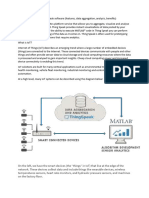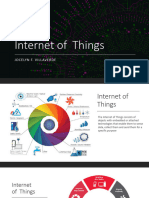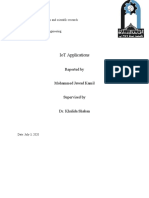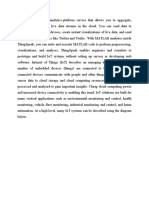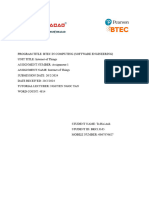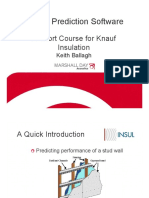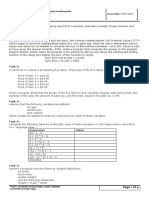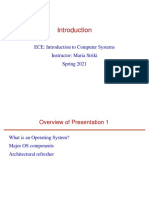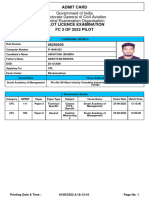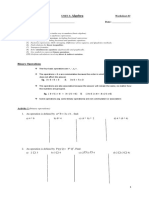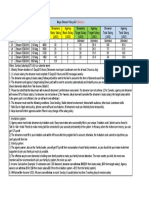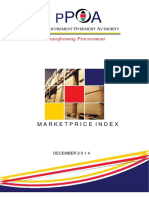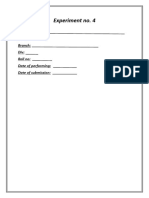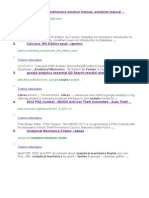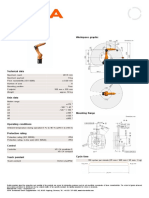0% found this document useful (0 votes)
10 views5 pagesWa0001.
The document discusses the utility of ThingSpeak and Node-RED in IoT applications. ThingSpeak is highlighted for its real-time data collection, visualization capabilities, MATLAB integration, and ease of use, while Node-RED is praised for its visual programming interface, device connectivity, real-time data processing, and automation features. Both tools facilitate the development and management of IoT systems effectively.
Uploaded by
Arun RawatCopyright
© © All Rights Reserved
We take content rights seriously. If you suspect this is your content, claim it here.
Available Formats
Download as PDF, TXT or read online on Scribd
0% found this document useful (0 votes)
10 views5 pagesWa0001.
The document discusses the utility of ThingSpeak and Node-RED in IoT applications. ThingSpeak is highlighted for its real-time data collection, visualization capabilities, MATLAB integration, and ease of use, while Node-RED is praised for its visual programming interface, device connectivity, real-time data processing, and automation features. Both tools facilitate the development and management of IoT systems effectively.
Uploaded by
Arun RawatCopyright
© © All Rights Reserved
We take content rights seriously. If you suspect this is your content, claim it here.
Available Formats
Download as PDF, TXT or read online on Scribd
/ 5







